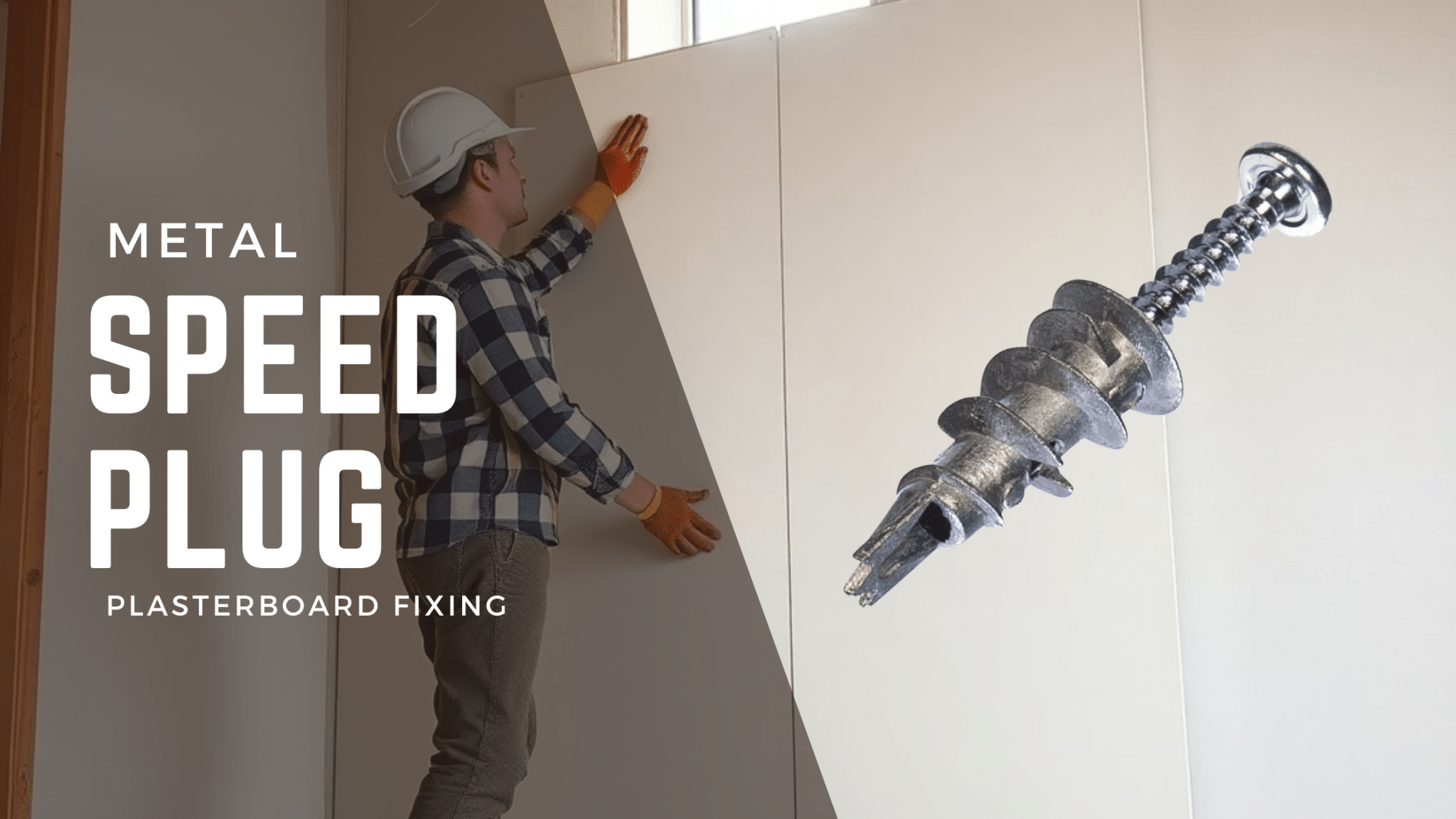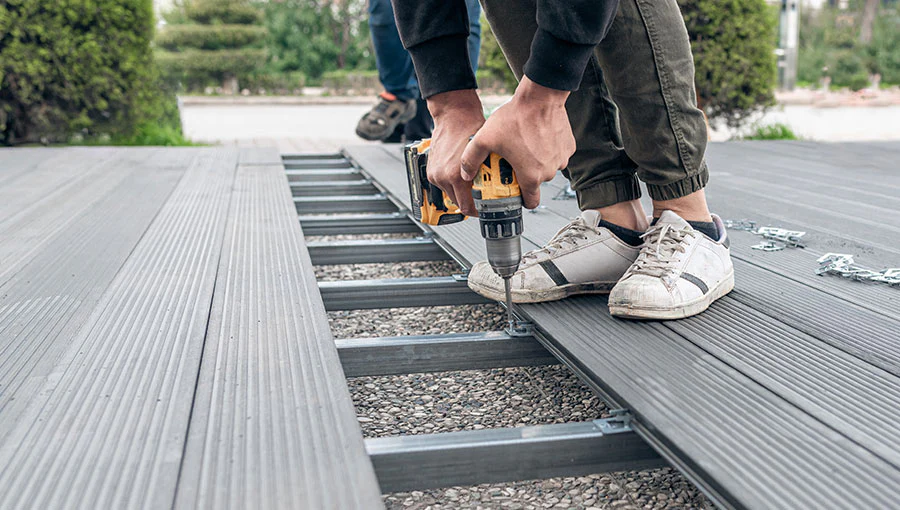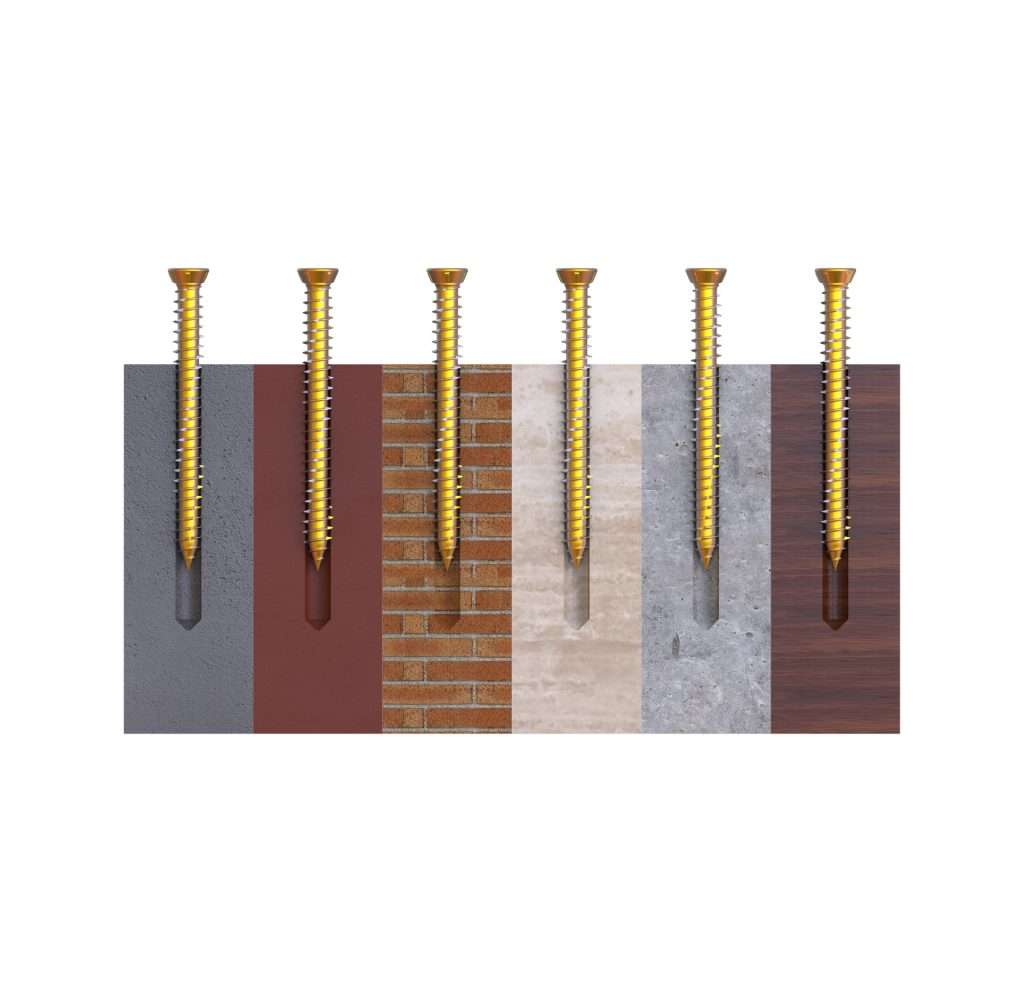Many DIY enthusiasts find themselves challenged when it comes to securing fixtures to plasterboard. Understanding how to effectively use metal speed plugs can transform your approach to home improvements, providing a reliable fixing solution that can bear significant weight. In this overview, you will learn the crucial techniques, advantages, and considerations of employing these innovative fixings, ensuring your projects not only meet aesthetic standards but also maintain structural integrity. Equip yourself with this knowledge to enhance your skills and confidence in plasterboard installations.
Key Takeaways:
- Metal Speed Plug: A type of anchor designed specifically for use in plasterboard, providing strong support for fixtures.
- Easy Installation: These fixings can be installed quickly and efficiently, requiring minimal tools for application.
- Weight Capacity: Metal speed plugs can support significant weight, making them ideal for heavy items such as shelves or wall-mounted units.
- Versatility: Suitable for various applications, including hanging mirrors, pictures, and storage units on plasterboard walls.
- Durability: Made from robust materials, they offer a long-lasting solution for securing objects to plasterboard surfaces.
Understanding Plasterboard
While many DIY enthusiasts encounter plasterboard, few fully understand its properties and applications. Plasterboard, also known as drywall or gypsum board, is a construction material made of a gypsum core sandwiched between thick sheets of paper. It is widely used for creating interior walls and ceilings, providing a smooth, even surface ready for decoration. Understanding plasterboard will help you make informed decisions when undertaking home improvements.
What is Plasterboard?
About plasterboard, it is a versatile building material composed primarily of gypsum plaster encased in protective paper. This lightweight yet sturdy material is flexible and can be easily cut to fit desired dimensions, making it a popular choice for modern construction and renovation projects.
Common Uses of Plasterboard
Behind its widespread use, plasterboard serves various functions in construction, including creating internal walls, partitions, and ceilings. It is also ideal for covering uneven surfaces, enhancing insulation, and improving fire resistance, making it a popular choice for both residential and commercial applications.
With its wide array of uses, plasterboard plays a vital role in modern construction. It allows you to easily create lightweight partitions, which is fantastic for optimising space within your home or office. Additionally, plasterboard can contribute to better energy efficiency, helping you save on heating and cooling costs. Its fire-resistant properties can also add an extra layer of safety, providing peace of mind in your building projects.
Overview of Metal Speed Plugs
Any DIY enthusiast should become acquainted with metal speed plugs, a fantastic solution for securely fixing items to plasterboard. These plugs provide a reliable anchor point for your fixtures, ensuring they are held firmly in place. Metal speed plugs are designed to distribute weight evenly, making them an excellent choice for various applications.
Definition and Purpose
Against traditional methods, metal speed plugs offer a modern approach to fixing objects to plasterboard. These specialised fittings expand upon insertion, creating a strong, stable hold that is particularly beneficial for heavier items. Their main purpose is to prevent the plasterboard from tearing or breaking under the weight, making them an vital tool for wall mounting.
Advantages of Metal Speed Plugs
The use of metal speed plugs presents several advantages that enhance your DIY experience and project outcomes.
Hence, the benefits of metal speed plugs should not be overlooked. They are durable and can hold significantly more weight than plastic alternatives, nearly eliminating the risk of failure under strain. Their easy installation makes them accessible for even novice DIYers, whilst the metal construction ensures a long-lasting solution for your fastening needs. By choosing metal speed plugs, you enhance the integrity of your projects, providing peace of mind that your fixtures will remain securely in place for years to come.
Installation Process
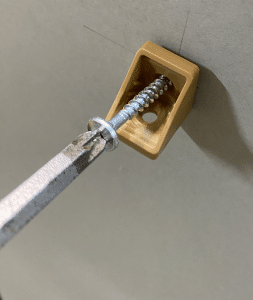
Tools and Materials Needed
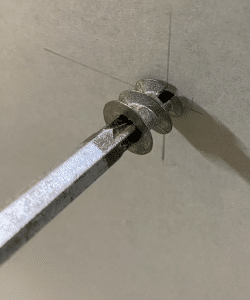
Step-by-Step Installation Guide
Beside knowing your tools, following this installation guide will help you achieve a secure fitting:
| Step | Action |
| 1 | Mark the location where you want to install the fixing. |
| 2 | Drill a hole in the plasterboard at the marked spot. |
| 3 | Insert the metal speed plug into the hole until flush. |
| 4 | Secure the screw into the speed plug. |
Guide your progress by following these step-by-step details to ensure a sturdy installation:
| Tip | Details |
| Drill Size | Select a drill bit size that matches the diameter of the metal speed plug. |
| Securing | Make sure the screw is tightly secured in the speed plug but avoid overtightening. |
| Safety | Wear safety goggles to protect your eyes during the drilling process. |
Troubleshooting Common Issues
Now, let’s address some common problems you may encounter when using metal speed plugs for plasterboard fixings. These issues can include misalignment and weight capacity concerns, which, if not handled properly, could compromise the integrity of your fixings. By understanding these challenges, you can ensure a more successful installation and maintain the quality of your work.
Misalignment Problems
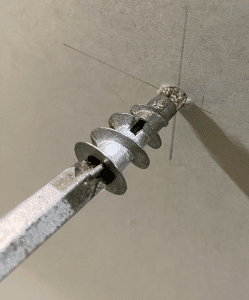
Weight Capacity Concerns
Before you proceed with any heavy-duty items, it’s vital to assess the weight capacity of your metal speed plugs. Each speed plug has a specified load limit, and exceeding this can lead to serious issues.
This is particularly important because not adhering to weight limits can result in catastrophic failures, causing the item to fall and potentially harm individuals or damage property. Always check the manufacturer’s guidelines for maximum weight capacity and choose your fixings carefully to ensure safe and reliable support for your fixtures.
Maintenance and Care
Once again, proper maintenance and care of your metal speed plug plasterboard fixings are vital for ensuring their longevity and effectiveness. Regular inspections and timely replacements help prevent any potential issues, keeping your installations secure and reliable. By staying proactive with these practices, you can enhance the overall safety and performance of your fixtures.
Regular Checks
Behind every robust installation lies the importance of conducting regular checks on your metal speed plug plasterboard fixings. Inspect them periodically to ensure there are no signs of rust, damage, or loosening. This simple routine can prevent unforeseen problems and maintain the integrity of your fixtures.
When to Replace
On occasions when you notice any visible signs of degradation—such as corrosion, significant wear, or structural damage—you should seriously consider replacing your metal speed plug plasterboard fixings.
A timely replacement is vital for maintaining safety and functionality. If your fixings feel loose or have lost their grip in the plasterboard, it’s imperative to act quickly to avoid any potential accidents. Ensure you regularly check for visible damage and replace fixings that show signs of deterioration, as this will preserve the strength of your installations and avoid potential hazards in your space.
Alternative Fixings
Keep exploring options for your plasterboard projects, as various alternative fixings can enhance your fastening capabilities. Understanding different types of fixings can help you make informed decisions tailored to your specific needs and applications.
Comparison with Plastic Anchors
One effective way to evaluate metal speed plugs is to compare them with plastic anchors. Both serve to secure items to plasterboard, but they differ significantly in their performance. Here’s a quick overview:
| Feature | Metal Speed Plug |
|---|---|
| Load Capacity | Higher |
| Installation Ease | Moderate |
| Durability | Long-lasting |
| Cost | Typically more expensive |
Other Fastening Solutions
Comparison of fastening options reveals various solutions that cater to different requirements. Depending on the weight of the item you’re hanging and the condition of your plasterboard, alternatives include self-tapping screws, toggle bolts, and adhesive strips.
In addition, many of these fastening solutions offer features that can significantly improve your installations. For instance, toggle bolts provide exceptional strength for heavy items, while adhesive strips can support lightweight decorations without causing damage. Choosing the right solution enhances your ability to securely mount items while reducing the risk of potential damage to your plasterboard.
Conclusion
Hence, understanding the Metal Speed Plug Plasterboard Fixing can greatly enhance your DIY projects. By following the guidelines provided in this overview, you will be better equipped to choose the right fixing method for your specific needs. This knowledge will enable you to secure fixtures reliably within plasterboard, ensuring a professional finish to your work. With practice, your confidence in using metal speed plugs will grow, allowing you to tackle even more complex tasks with ease.
FAQ
Q: What is a Metal Speed Plug Plasterboard Fixing?
A: A Metal Speed Plug Plasterboard Fixing is a type of fastener designed specifically for securing objects to plasterboard or drywall. Its metal construction provides durability and strength, making it ideal for hanging heavier items such as shelves, mirrors, or pictures. These fixings are easy to install and can hold a significant amount of weight when properly used.
Q: How do I install a Metal Speed Plug Plasterboard Fixing?
A: Installing a Metal Speed Plug Plasterboard Fixing involves a few simple steps. First, choose the right size plug for the weight of the item you wish to hang. Next, drill a hole into the plasterboard to accommodate the fixing, ensuring it is the correct depth. Insert the speed plug into the hole; it should fit snugly. Finally, attach your item by inserting a screw through it into the metal speed plug, which will expand and grip the plasterboard securely as you tighten the screw.
Q: Are Metal Speed Plug Plasterboard Fixings suitable for all types of plasterboard?
A: Metal Speed Plug Plasterboard Fixings are generally suitable for standard plasterboard but may not perform as effectively in specialised types. If you are working with reinforced, insulated, or fire-resistant plasterboards, it’s advisable to check the manufacturer’s specifications or use an appropriate fixing alternative. Always ensure that the fixings are rated for the weight and type of application you are undertaking to ensure safety and reliability.

